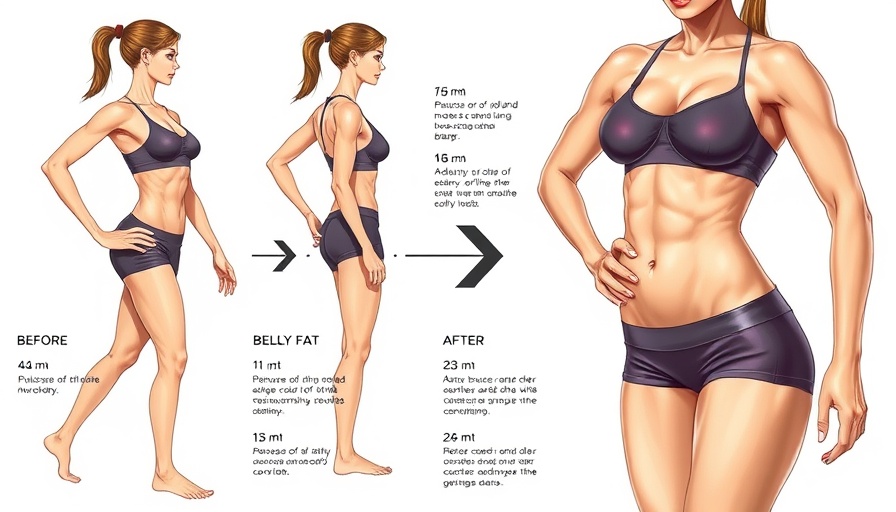
CrossFit’s Gender Policy Shift: A New Era of Competition
The recent reversal of CrossFit's longstanding gender policy has stirred conversation and concern among gym owners and fitness trainers across the globe. As of 2025, athletes are now required to compete according to their "gender assigned at birth." This new regulation has left many in the fitness community questioning how it will impact inclusivity within the sport.
Understanding the Shift: Why Now?
Prior to this change, CrossFit allowed athletes to choose their competition category based on their identity, fostering a sense of belonging within diverse communities. However, the latest rule emphasizes fairness and competitive integrity. This shift raises key questions about how to balance inclusive practices with the integrity of athletic performance.
Implications for Athletes and Coaches
The implications of this revised policy extend beyond just those competing. Coaches, trainers, and gym owners are now tasked with navigating a complex landscape of athlete eligibility. The new guidelines state that any athlete can challenge an eligibility classification, which may put additional pressure on coaches and communities to engage in discussions about gender identity and fairness.
Community Response: Nurturing Inclusivity
An essential aspect of the fitness community is its support and encouragement for all athletes. CrossFit was initially seen as a progressive entity that embraced diversity. The backlash from this new ruling may threaten the sense of belonging that many athletes have enjoyed. It is vital for fitness institutions to continue to nurture an inclusive environment, sustaining community ties while addressing these policy changes.
The Future of CrossFit: A Balancing Act
As CrossFit embarks on this new path, it faces the challenge of maintaining its ethos while aligning with the evolving norms of athlete classification. With the potential for individual evaluations for athletes with disorders of sex development (DSD), there is a glimpse of a more nuanced approach to inclusivity. CrossFit must prioritize not only competition fairness but also uphold its commitment to community values.
Conclusion: The Path Forward
The reversal of the gender policy at CrossFit represents a significant shift in the landscape of competitive fitness. It serves as a reminder of the ongoing dialogue needed regarding gender identity, inclusion, and the essence of competition. As gym owners and trainers adapt to these changes, fostering an open dialogue about these complexities will be essential in shaping a community that values every individual, regardless of how they identify.
 Add Row
Add Row  Add
Add 




Write A Comment